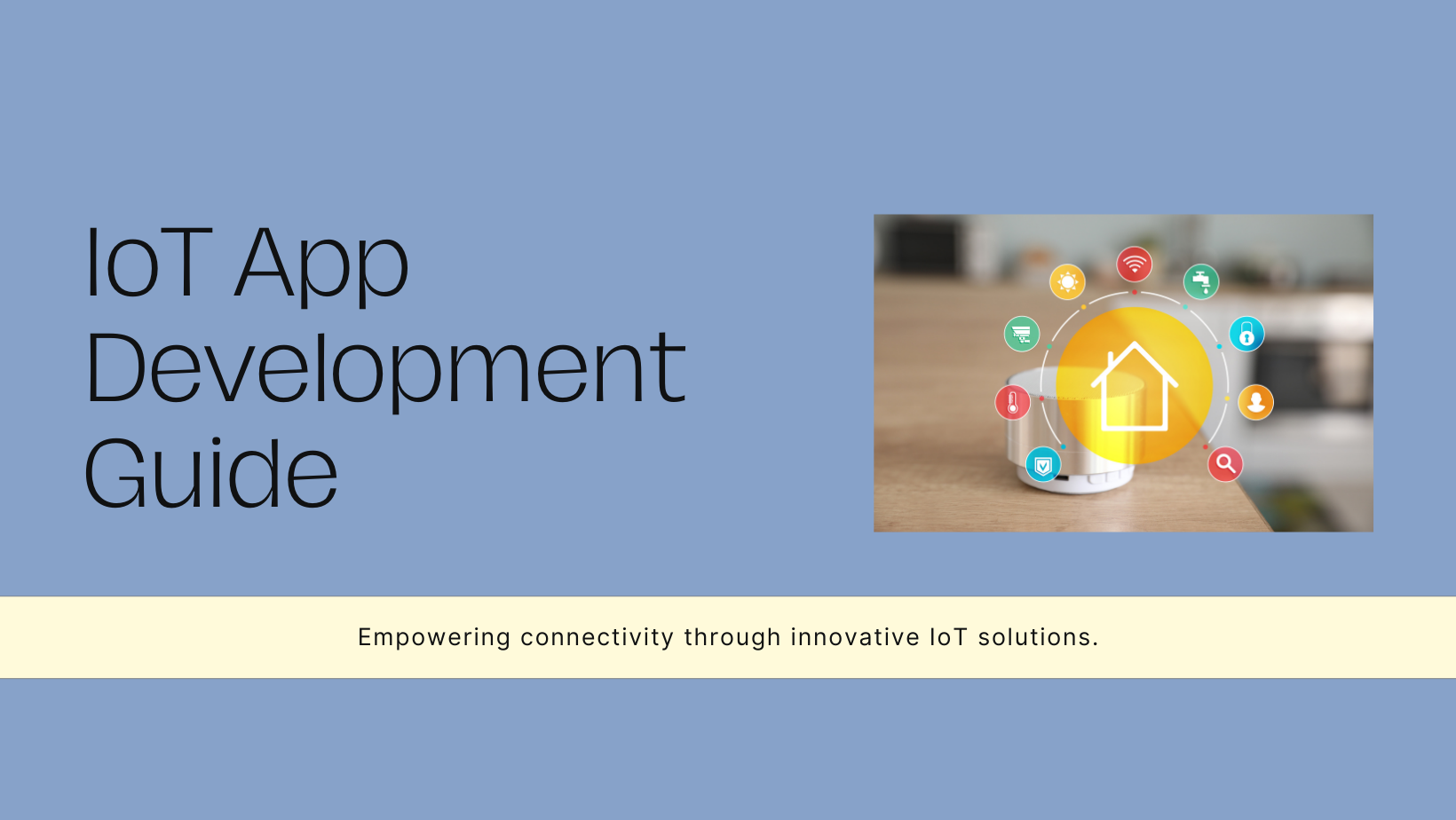In an increasingly interconnected digital landscape, the Internet of Things (IoT) has revolutionized how devices communicate and operate. From smart homes to industrial automation, IoT devices enhance convenience and efficiency. However, they also introduce significant security challenges. Securing IoT devices is crucial to safeguarding data privacy, preventing cyberattacks, and ensuring uninterrupted operations. In this blog post, we explore the importance of IoT security, common vulnerabilities, and essential strategies to protect IoT devices effectively.
Understanding IoT Security Challenges
1. Complex Ecosystems and Interconnectivity
IoT ecosystems consist of diverse devices, sensors, networks, and cloud platforms that interact to collect and exchange data. The complexity and diversity of these interconnected systems increase the attack surface, making IoT environments vulnerable to cyber threats.
2. Vulnerabilities in IoT Devices
IoT devices often prioritize functionality and connectivity over security, leading to inherent vulnerabilities such as:
- Weak Authentication: Default or hardcoded credentials make devices susceptible to brute-force attacks.
- Lack of Encryption: Unencrypted data transmissions expose sensitive information to interception and tampering.
- Outdated Firmware: Devices may run outdated software with known vulnerabilities that remain unpatched.
- Insecure Interfaces: Poorly designed user interfaces and APIs can be exploited for unauthorized access.
- Physical Tampering: Physical access to devices can compromise security measures and data integrity.
3. Impact of IoT Security Breaches
Security breaches in IoT devices can have severe consequences, including:
- Data Breaches: Unauthorized access to sensitive data such as personal information or proprietary business data.
- Malware Attacks: Infected devices can be used to launch Distributed Denial-of-Service (DDoS) attacks or spread malware.
- Operational Disruption: Compromised IoT devices may disrupt critical operations or services, leading to financial losses and reputational damage.
- Safety Risks: In sectors like healthcare or industrial automation, compromised IoT devices can endanger lives or physical infrastructure.
Essential Strategies for Securing IoT Devices
1. Implement Robust Authentication and Access Controls
- Unique Credentials: Ensure each IoT device uses unique, complex passwords or authentication tokens.
- Multi-factor Authentication (MFA): Implement MFA to add an extra layer of security for device access.
2. Encrypt Data Transmission and Storage
- End-to-End Encryption: Encrypt data both in transit and at rest to protect against eavesdropping and data breaches.
- Secure Protocols: Use secure communication protocols such as HTTPS, TLS, or MQTT with strong cipher suites.
3. Regularly Update and Patch Firmware
- Patch Management: Establish a proactive patch management process to update IoT devices promptly when security patches become available.
- Lifecycle Management: Monitor device lifecycles and retire devices that can no longer receive security updates.
4. Monitor and Audit IoT Devices
- Network Segmentation: Separate IoT devices from critical networks using VLANs or network segmentation to limit exposure.
- Continuous Monitoring: Use Intrusion Detection Systems (IDS) and Security Information and Event Management (SIEM) solutions to monitor IoT device activity for suspicious behavior.
5. Implement Secure Development Practices
- Security by Design: Integrate security considerations throughout the IoT device development lifecycle, from design to deployment.
- Code Review: Conduct regular security audits and code reviews to identify and mitigate vulnerabilities early.
6. User Education and Awareness
- Training Programs: Educate users, administrators, and stakeholders about IoT security best practices, including recognizing phishing attempts and maintaining device security.
7. Compliance with Industry Standards and Regulations
- IoT Security Standards: Adhere to industry-specific security standards and regulations (e.g., GDPR, HIPAA, NIST guidelines) to ensure compliance and mitigate legal risks.
Conclusion
Securing IoT devices requires a proactive approach that addresses vulnerabilities at every stage of the device lifecycle. By implementing robust authentication, encryption, patch management, and monitoring practices, organizations can mitigate risks and safeguard their IoT deployments against evolving cyber threats. At Sodio Technologies, we prioritize IoT security in our solutions to empower businesses with safe and reliable IoT ecosystems.
Protect your IoT investments and maintain trust with stakeholders by adopting comprehensive security measures. Contact Sodio Technologies today to explore how we can help secure your IoT infrastructure and enable secure connectivity in a connected world.






